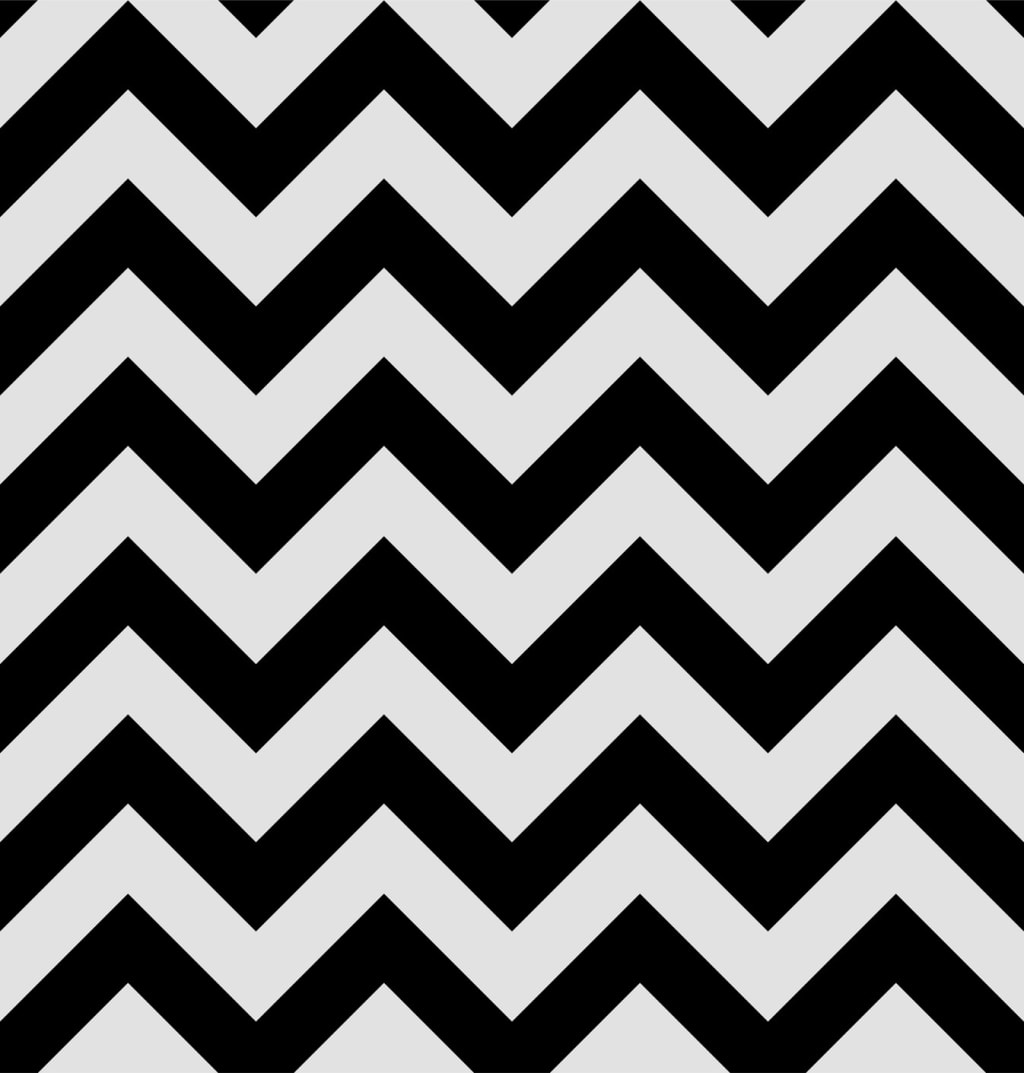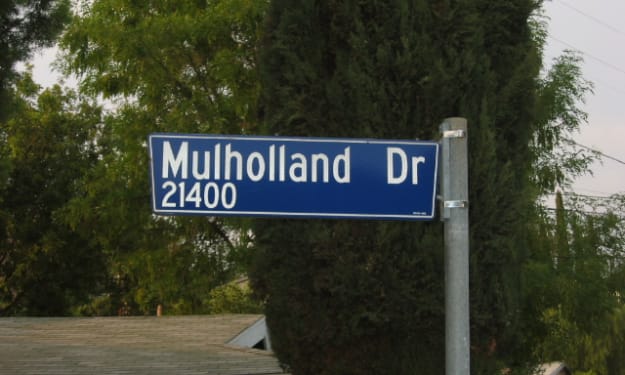
I’m a total David Lynch geek. The inaccessibility of his work, which is a huge turn-off to some, just serves to keep me coming back for more. Although I pretty much adore most of his movies, the one Lynch project that I return to over and over again is Twin Peaks.
I know I’m not the only one. Worldwide, there are legions of obsessed fans; all trying to find the answer to the central question – what’s it really all about? Yeah, we know who killed Laura Palmer in the end; but what is David Lynch really trying to say in this mesmerizing series?
Hidden Meanings in Twin Peaks
Firstly, just to establish from the start – none of the theories I’m about to lay out have been verified by the man himself (who is notoriously tight-lipped when it comes to explaining his work). Some are notions that I’ve come up with, others are theories that friends, family and strangers on the internet have developed.
Also, please note that I’ll be mostly focusing on the original series in this article. The film and the most recent series will be covered in a future post!
Here are just a few suggestions about Twin Peaks’ hidden subtext.
Twin Peaks Symbols
- Duality. Boy, there are a lot of opposites going on in Twin Peaks. Even the name gives a clue – for every thing, there is an equal and opposite thing; a dark ‘twin’ if you like. Look at the opening credits. From the very start, you’re presented with an image of a sweet little thrush, which fades slowly to a factory, belching smoke. Nature vs industry – the first big duality in the TV series. We also see fire and water – the sparks of the saws in the factory, then the cascading waterfall outside. I’d even go as far as to say that the theme tune (composed by the wonderful Angelo Badalamenti) represents opposites; with light, ethereal notes played over a deeper, more throbbing bass note.
This theme continues right through the entire TV series. Laura Palmer, the poor dead blonde girl, has a ‘double’ – Maddy Ferguson (literally played by the same actress, in case you didn’t know). The famous scenes with the backwards-talking dwarf are played out on a black-and-white floor. I could go on.
So, what does all this mean? My personal interpretation is that it’s a representation of Taoism (of sorts); that everything is one, and that for balance to achieve, we must have the light and the darkness.
- Concealment. As far as I’m concerned, the whole TV show is about hidden things. It’s established in the setting itself; a rural location surrounded by impenetrable mountains and dense forests. The location of Twin Peaks is about as all-American and wholesome as you can imagine (let’s not forget the ‘damn fine coffee’ and cherry pie), yet beneath it all, there’s a deep, dark secret. Evil lurks in pretty much every corner of Twin Peaks (e.g. the eerie Black Lodge), but it’s usually concealed by a smiling face. Laura Palmer’s murder is the very embodiment of this – beauty snuffed out by a hidden darkness.
Is it a metaphor for the state of the US at the time? Some say it is – the notion that corruption powered the government. I’m not a US citizen and I’m certainly not an expert of politics at that time, so I can’t comment. But it’s an interesting idea.
- Dreams vs reality. This is a common theme in Lynch’s works – the blending of the sub-conscious and the conscious, to the point where it’s difficult to work out what’s real and what’s not. Agent Dale Cooper is the most notable representation of this theme in Twin Peaks. Through his dreams, he communicates with people in the Black and White Lodges – the mysterious giant and the dwarf (another example of duality there, folks). His sub-conscious helps him, but also places him in terrible danger.
Other ‘dream’ situations occur in Twin Peaks. The utterly terrifying Bob is a great example. I freely admit that I was absolutely petrified when he first appeared (but was never quite sure why – I mean, he’s not that scary, is he?). I think, on reflection, that it’s because you’re not quite sure if he’s real or not. Of course, we find out later that he’s the ‘dream’ embodiment of Leland Palmer; or a demonic entity, depending on your viewpoint.
Can you ever trust your senses? I think, through Twin Peaks, Lynch is reminding us that we can never be 100% sure that what we see, hear or experience is true.
- Eyes. This is quite an interesting one; and something I didn’t spot myself (someone else pointed it out to me!). There are numerous references to watching, seeing and eyes. The sinister club is called One Eyed Jacks. Nadine Hurley wears an eye-patch (interestingly, we don’t see what’s under it until she’s murdered in the revival series). Frequently, the viewer is presented with close-ups of eyes and references to watching.
Of course, as a plot device, this ramps up the tension nicely. However, I think Twin Peaks as a whole is all about the importance of observance – paying attention to the signs and acting upon them. Again, it’s Dale Cooper that represents this best, as the main character with his eyes fully open to the clues around him.
- The occult. There are oodles of references to occult practices in Twin Peaks; from the relatively innocent tarot card readings at One Eyed Jacks, to the demonic possessions experienced by Leland Palmer and later, Dale Cooper. The backwards speech of the dwarf could be a direct reference to the famous occultist Aleister Crowley, who promoted this type of talking as a way of communicating with spirits.
There are also suggestions that Twin Peaks itself acts as a portal for supernatural entities to come and go at will. To either side, there are the two peaks of the mountains. Above, there’s the White Lodge, below the Black Lodge. What lies in the middle is an entrance to another realm. Sound far-fetched? Well, watch the revival series, and the theory seems to get a bit more credence.
Ultimately, we’ll never know exactly what the series is about, because it doesn’t look like David Lynch is going to give up his secrets any time soon. When you think about it, that’s probably for the best. After all, some of the best mysteries are the ones that keep you guessing.
About the Creator
L.A Banks
Hello! I'm an experienced copywriter, published author (The Case of the Green-Dressed Ghost) and all-round film buff and music obsessive. If it's weird, you can guarantee I'll like it. Website: www.lucy-banks.co.uk






Comments
There are no comments for this story
Be the first to respond and start the conversation.